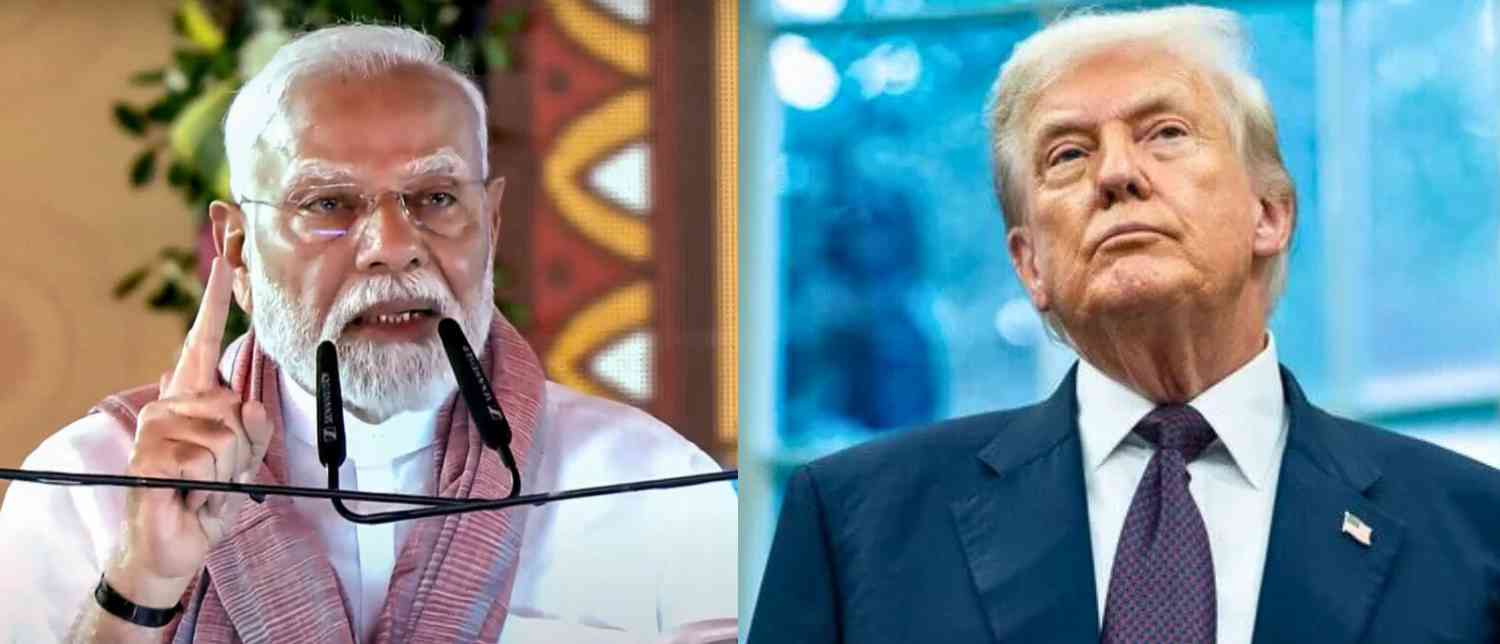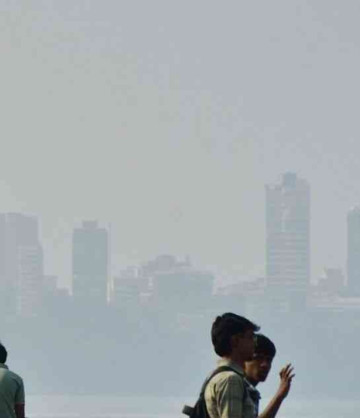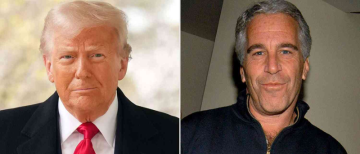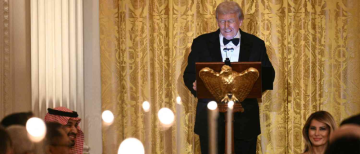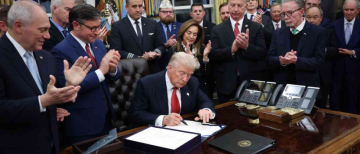Recently, U.S. President Donald Trump announced a significant move that has escalated trade tensions between the United States and India. He stated that there will be no trade negotiations with India until an ongoing dispute over tariffs is resolved. This announcement came after the Trump administration doubled tariffs on Indian imports, pushing the total tariff rate to 50%. The tariffs were initially set at 25% starting August 7, 2025, but an additional 25% tariff was imposed due to India's continued imports of crude oil from Russia, which the U.S. administration views as a national security concern. This development reflects a growing strain in the bilateral relations between the two countries, which had aimed to boost trade cooperation in previous years.
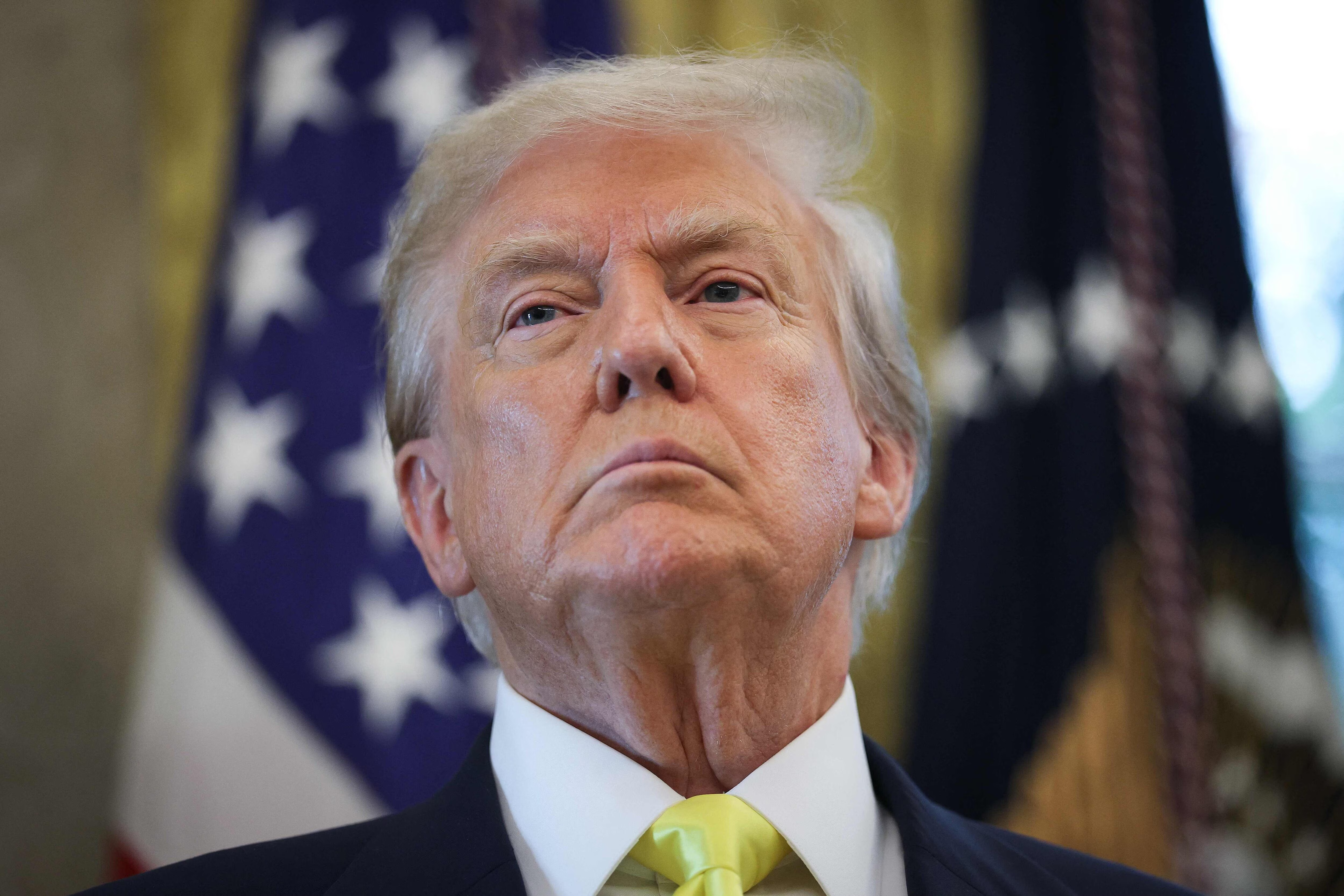
The tariffs effectively raise the cost of Indian goods entering the U.S. market, putting Indian exporters at a disadvantage compared to their rivals from countries with lower tariffs like Vietnam and Bangladesh. Some major sectors of Indian exports, such as pharmaceuticals and electronics, were exempt from the additional tariff. India's annual exports to the U.S. amount to approximately $80 billion, with half of that now subjected to these steep tariffs, causing significant uncertainty and trade flow disruption for Indian businesses.
From a broader perspective, this situation highlights long-standing issues in the economic relationship between the two nations. Despite close defense and strategic ties, U.S.-India trade negotiations have faced hurdles, particularly on sensitive issues such as agriculture and dairy product market access. Indian policymakers remain firm on protecting domestic interests, especially for farmers and rural communities, despite pressure from the U.S..
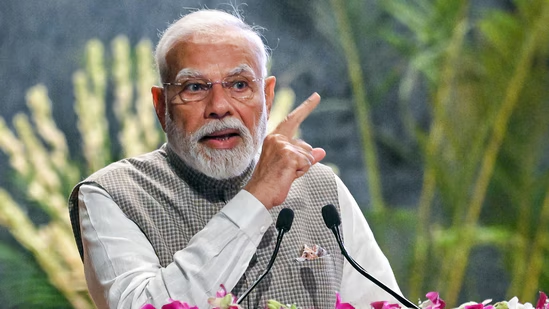
Indian Prime Minister Narendra Modi has responded firmly, emphasizing that India prioritizes the welfare of its farmers and is ready to bear the consequences of standing its ground. The Indian government is also reviewing market access offers and considering possible concessions in future talks, indicating a cautious approach that balances national interest with the desire to maintain a strong trade partnership with the U.S..
The dispute and the halt in trade talks have stirred mixed reactions. In India, the tariff hikes are seen by some as an infringement on sovereignty and a politically motivated move that disrupts decades of hard-earned bilateral cooperation. Opposition political leaders and sections of the media have criticized the U.S. actions, framing them as unfair and as an economic pressure tactic. On the U.S. side, there is a view that India’s trade barriers have been too high and that the tariffs will protect American economic interests, especially under President Trump's broader agenda to prioritize domestic industries.
Experts warn that this discord threatens to unravel years of progress in the U.S.-India relationship, created through bipartisan efforts. The current scenario is described as a "slow-motion catastrophe" with risks that the economic partnership becomes overly politicized by domestic agendas in the U.S. Meanwhile, India faces a delicate balancing act: reducing economic ties with Russia under U.S. pressure and defending its sovereign trade policies without appearing to concede.
_1754641509.avif)
In summary, the rejection of trade talks by President Trump amid the tariff dispute places both countries in a challenging position. There are significant economic and political stakes for India and the U.S., with potential consequences for global supply chains, market competitiveness, and bilateral diplomacy. While trade negotiations are paused for now, the pathway forward will likely require careful diplomacy and compromise to restore a mutually beneficial partnership.
This trade disagreement reflects the complexity of modern international trade relations, where economic interests, national security concerns, and domestic politics intersect. Both nations must navigate these waters thoughtfully to achieve trade harmony without undermining broader strategic ties.
If resolved, a successful trade deal could enhance economic growth and deepen ties between two of the world's largest democracies. Until then, the tariff dispute remains a significant hurdle in U.S.-India trade relations.
With inputs from agencies
Image Source: Multiple agencies
© Copyright 2025. All Rights Reserved. Powered by Vygr Media.

